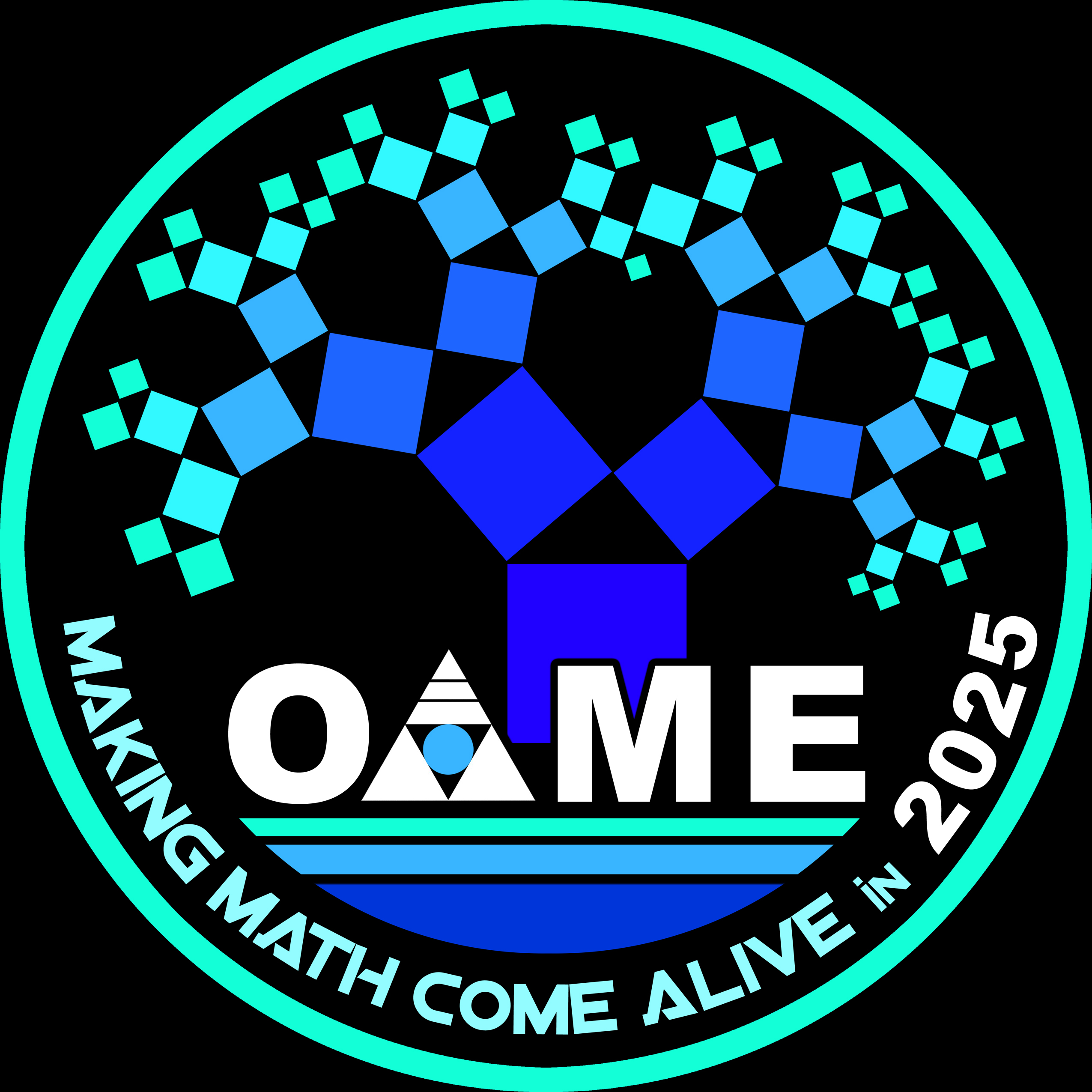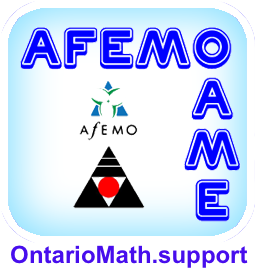President's Message - June 2025
A Summer Message: OAME

KIT LUCE
kit.luce@oame.on.ca
OAME/AOEM’s vision includes an equitable mathematics education community, where everyone experiences high- quality, research-informed, and engaging activities . Professional learning opportunities are central to realizing this vision by equipping educators with the latest research, effective strategies, and innovative tools to enhance their instruction .
One of OAME/AOEM’s strategic priorities is to support all OAME/AOEM’s members by providing value for membership, including quality professional learning, resources, and opportunities to network . This commitment underscores the importance OAME/AOEM places on continuous development for its members . This past year, there have been quite a few professional learning opportunities offered by OAME/AOEM’s Board of Directors and by the local chapters . These have included the Rethinking Disability and Mathematics Leadership Conference with Dr . Rachel Lambert, and a book study about the same resource, facilitated by TEAMS (Toronto Educators Association for MathematicS) . The OAME Talks series featured webinars with math educators throughout the year, and SAME (Scarborough Association for Mathematics Education) facilitated a book study to learn more about different types of problem structures with David Costello and his book, Messing Around with Math . Other chapters hosted math nights, meet-and-greets, social events, and virtual workshops to support their members by providing access to leading mathematics educators, both in person and virtually . These opportunities for professional learning culminated in the OAME Annual Conference in Durham with Making Math Come Alive in 2025, where educators from across the province and beyond came together to learn, discuss, debate, and play . We hope that you have been able to participate and engage in some of this learning . The financial constraints of many of our school boards have meant that professional development is often limited in our work, and OAME/AOEM can serve as a valuable resource to further our instructional practice .
Engaging in professional learning ensures that our teaching is grounded in current research-informed practices, ultimately benefiting student learning outcomes . By continually learning, we are better equipped to create inclusive environments and develop students’ critical-thinking skills, enabling them to become independent and creative problem solvers . As you reflect on the past year this summer, I hope that you consider connecting with OAME/AOEM in the coming year and joining us at the local chapter level in person or virtually, to explore research-informed mathematics education practices you can apply in your classroom . For our Francophone members, who are also members of Association francophone pour l’enseignement des mathématiques en Ontario (AFEMO), we celebrate with you on the development of your new website (www .afemo .on .ca), and know that you join us in encouraging ongoing professional learning in mathematics education .
What do you want to explore and learn about in the coming year? What topics would you like to see presented in workshops? What books or resources would you enjoy investigating with colleagues? We’d love to hear from you . Reach out to your local chapter, or you can email members of the Executive Committee directly (you can find the email address for chapters and the Board of Directors list on the OAME/AOEM website and regularly appearing in the Gazette) . Enjoy the articles in this issue of the Gazette as you enjoy your well-deserved summer, and we look forward to coming back together in the Fall to learn and grow together .
Previous Message:
High Impact Instructional Practice and Student Engagement
Next Message:
My Amazing President's Message for You


















 Like us on FaceBook
Like us on FaceBook